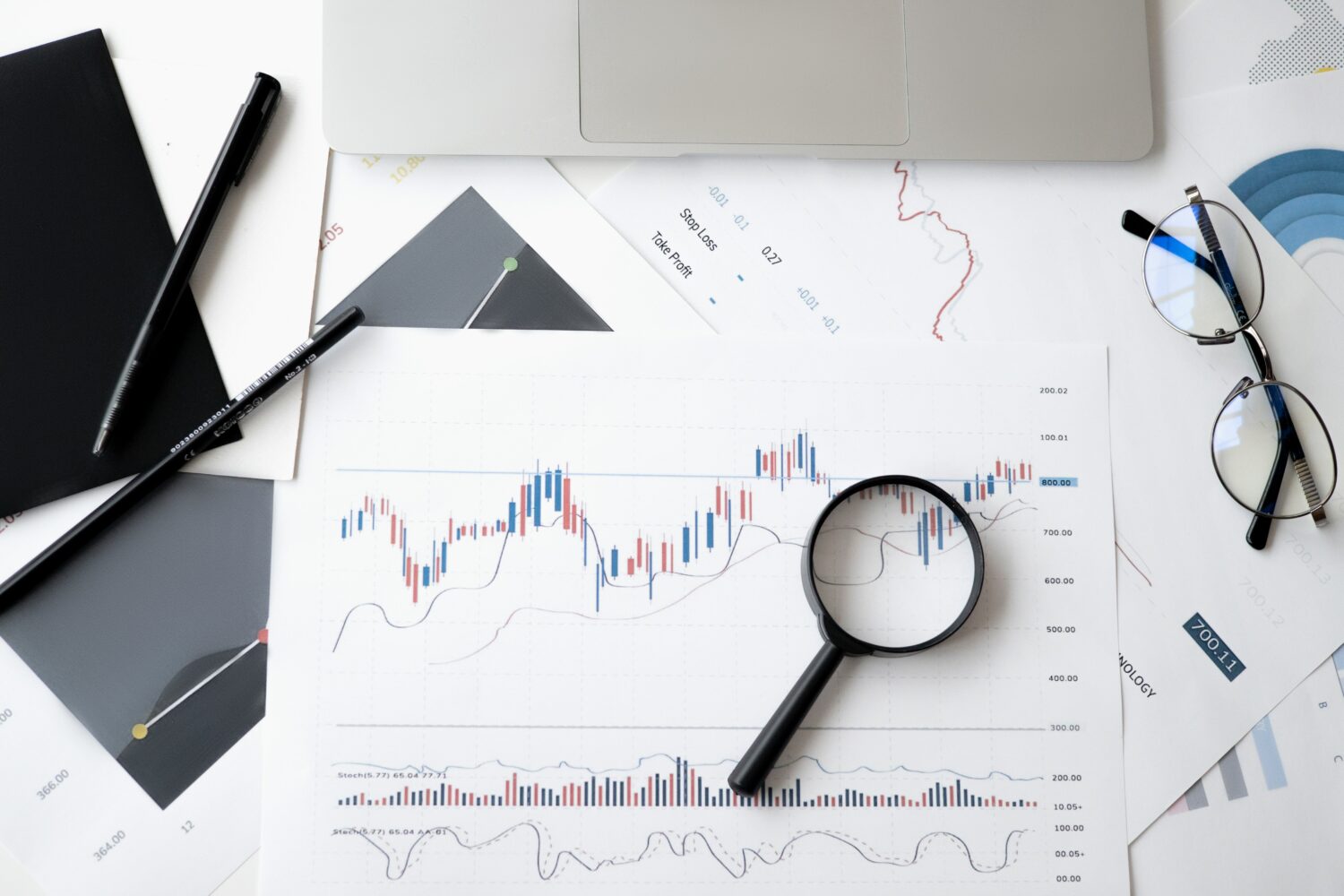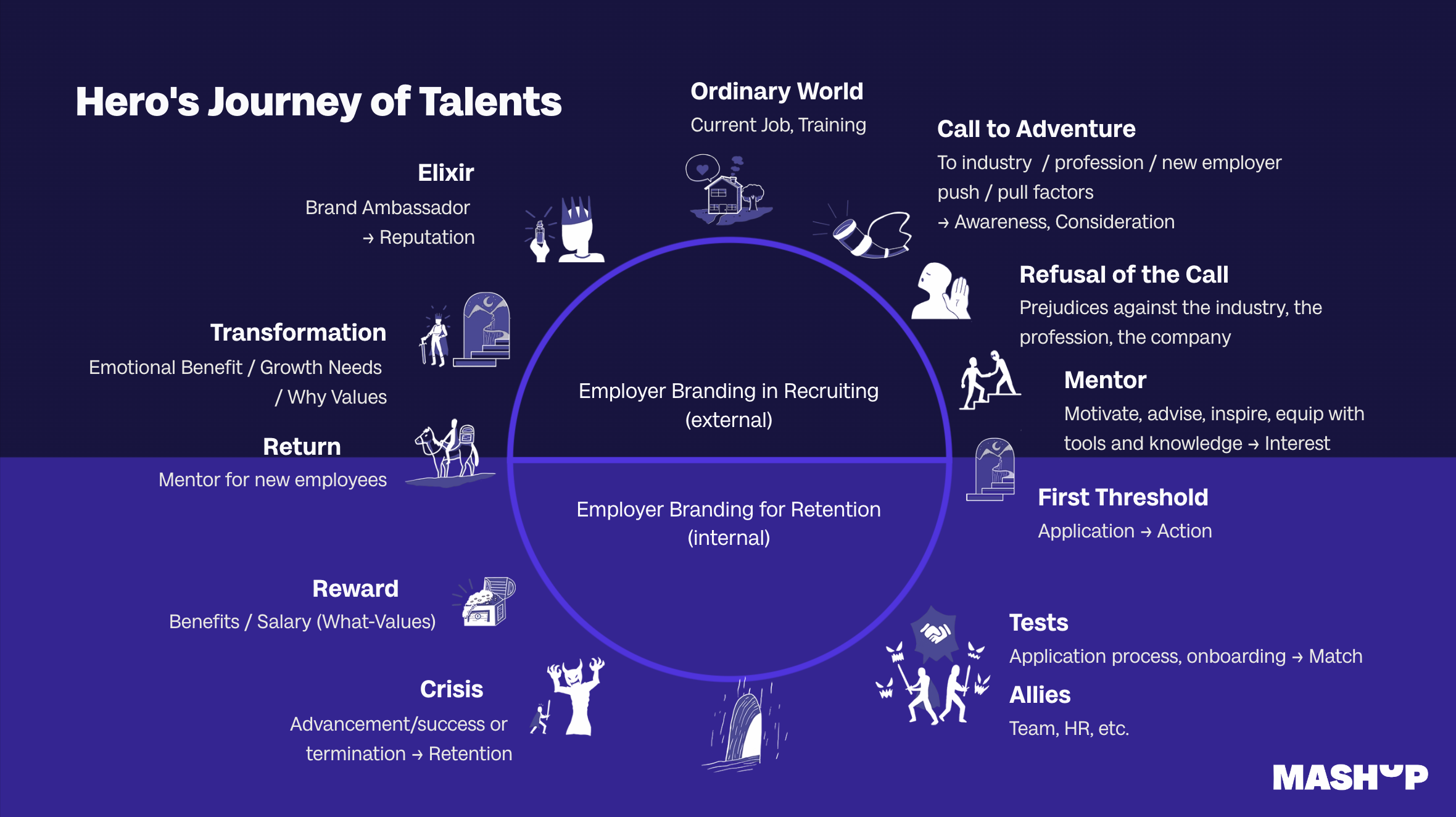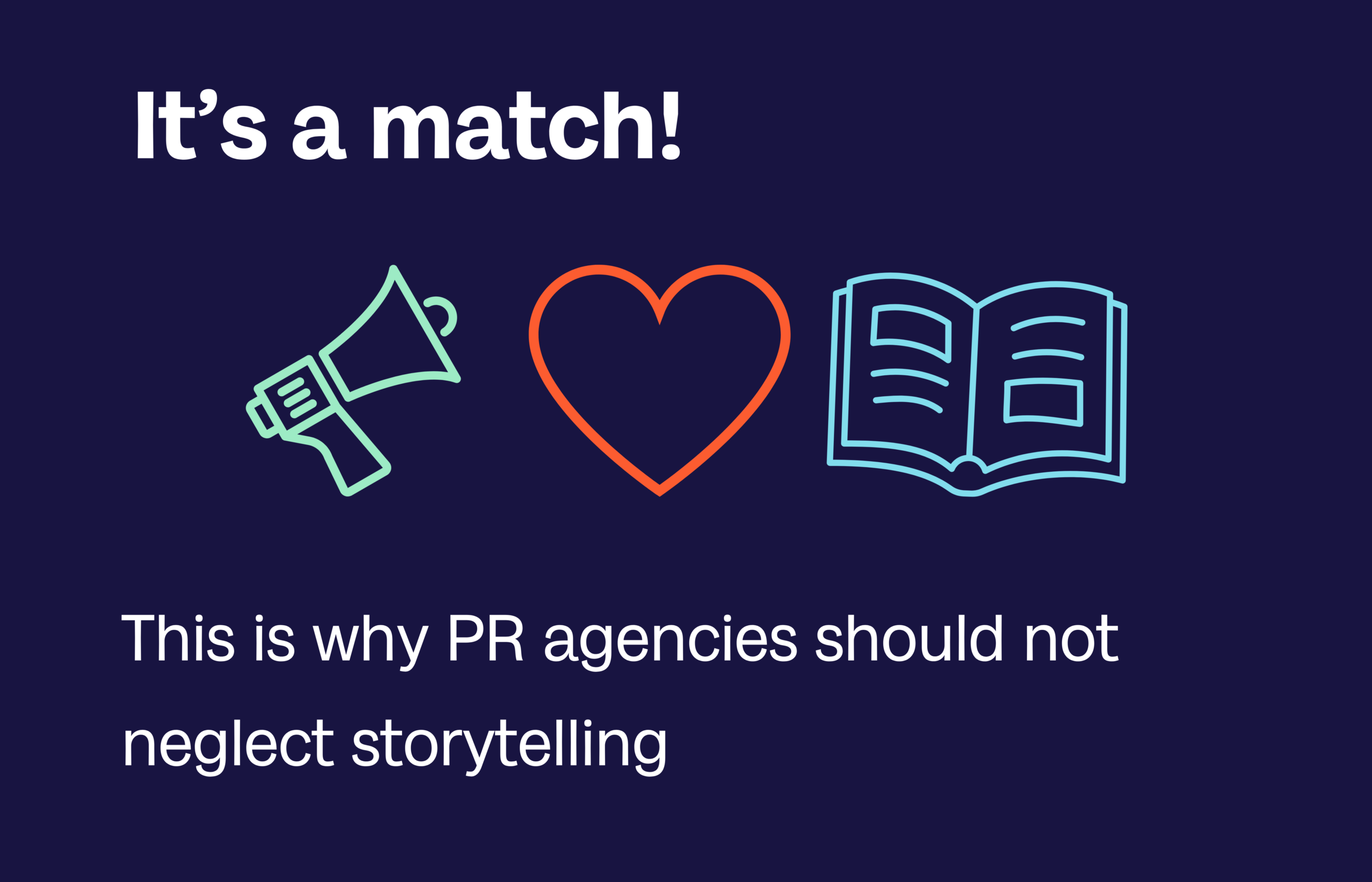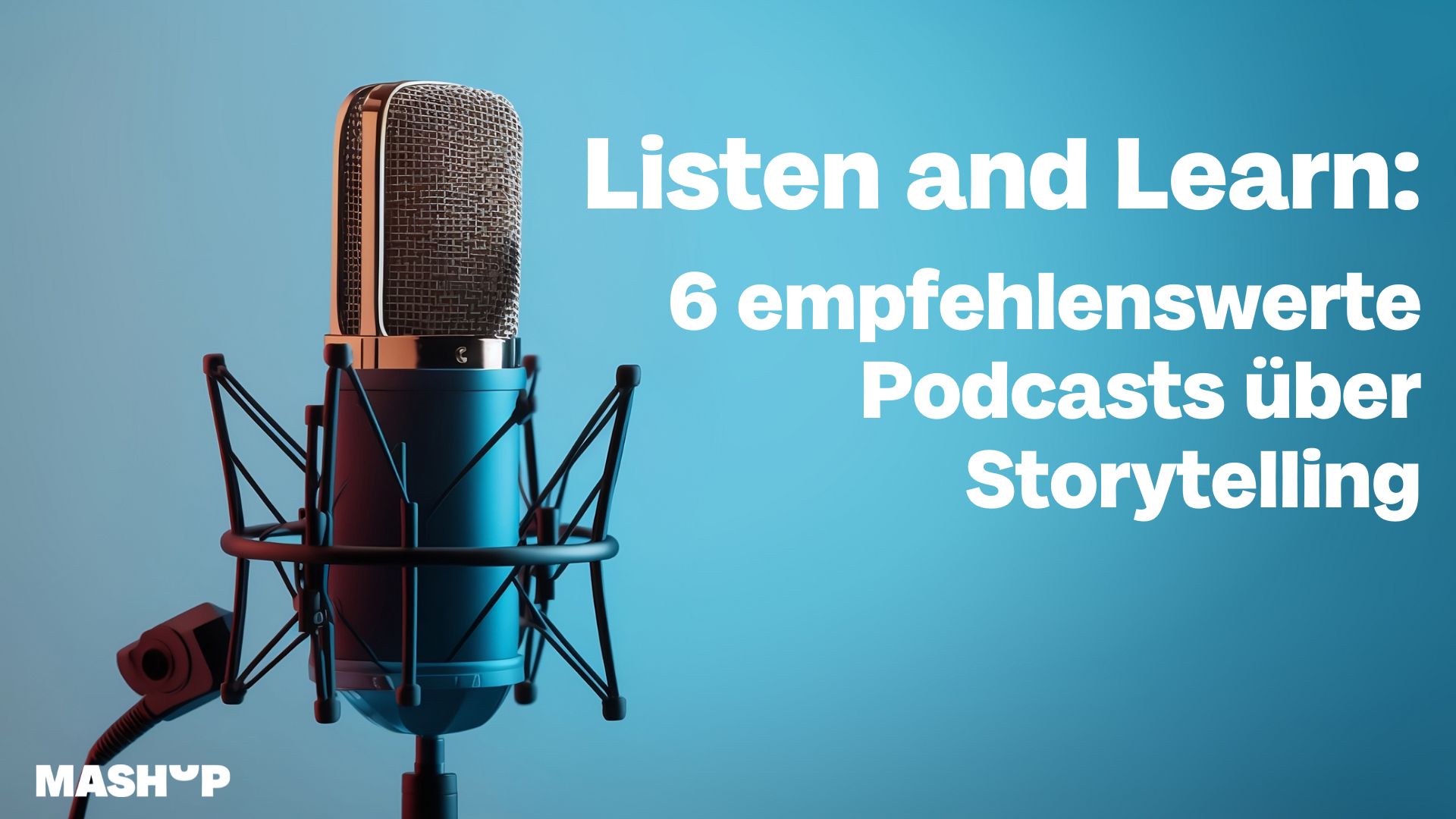5 Data Sources for more Success in PR
It was back in 2007, relatively early in my PR career, when I welcomed as a client a newly founded start-up that was up against an almost overpowering Goliath. We are talking about TopTarif, at the time a dwarf compared to the top dog Verivox, but which developed into a serious competitor until it was even taken over by the market leader. Whenever electricity or gas providers were discussed in the press, Verivox was almost automatically quoted as an expert. How were we able to keep up and be mentioned in the news on an equal footing with this superior force within just a few months?
With data, preferably freshly delivered information for consumers on when and where which electricity or gas prices would change. A no-brainer today, back then it was the most instructive experience for me of how to get mentioned in the biggest media with little extra fee and despite being little known. The use of data is and will increasingly become a cornerstone of PR. But where do companies get meaningful figures from?

1. Quantitative Surveys
Representative surveys among consumers are the basis for meaningful statistics, which is what journalists love most. To this end, companies can work together with established institutes, provided the necessary budget is available. However, it is important that in the end there are no advertising statements along the lines of “40 percent of all Germans prefer company X for their insurance”. Instead, from a brand perspective, consumer surveys tend to serve agenda setting and awareness for certain topics, e.g. “XY percent of Germans plan to change their insurance in the next 12 months”.
For large companies that employ thousands of employees across all continents and thus have access to considerable data sources, quantitative surveys also prove their worth within their own ranks. The same applies to surveys of end customers. This can also be used to collect exciting values and statements that benefit communication. Even younger companies can draw on their customer base and discover exciting insights by conducting their own surveys.
A little tip on the side: Sometimes it is worthwhile to find existing quantitative studies that
- have not yet been quoted very often
- or combined with other surveys, exciting new correlations emerge
- or become even more interesting for the media with a graphic upgrade.
This was the case for our customer ProvenExpert in 2014.
2. Qualitative Surveys
Surveys do not always have to have a four-digit number of participants in order to serve as useful data sources. If the aim of the survey is to obtain detailed feedback on a specific topic or problem from a highly qualified but niche target group, it can and should be conducted with a smaller number of participants. CEO surveys on trends or industry assessments, for example, are particularly popular. This is less about statistical representativeness and more about the reputation of the opinion leaders, which is best packaged in crisp, quotable statements.
Together with our customers, we regularly publish trend reports on marketing, tech and HR topics, for example.
3. Digital User Data
For companies that operate apps, online platforms or shopping portals, anonymized aggregated user data is the most suitable data source. These can be determined either by means of analytics or by voluntary information. The advantage of this form of survey is that the data is usually collected online anyway. The challenge here lies in the flood of figures. Evaluating and crystallizing interesting correlations and interesting insights can mean additional effort. But he wants to be rewarded!
The analytics platform App Annie regularly evaluates download figures or the usage time of apps, among other things. These rankings and insights, which we pitch to journalists and send out via press releases, attract a great deal of media attention. However, you don’t necessarily have to have analytics expertise in your name to obtain such data. More playful themes are also suitable. For the online lingerie store Enamora, for example, we developed an analysis of purchase data to generate a map of the most frequently purchased regional cup sizes. The so-called lingerie atlas was – unsurprisingly – a huge hit with BILD, for example.
4. Industry Data
What developments are companies in a particular sector experiencing? What cross-industry changes can be identified from long-term studies? In order to remain competitive and emphasize the added value of your own brand, a classification in the corresponding market segment is suitable. The Freelancermap platform is a good example of this. The company publishes an annual “Freelancer Compass” in which they present the results of their market study. Such information is readily picked up by the media as it does not focus solely on the data of one company and is therefore more generally applicable. The growth of the most relevant players or even the sales figures in a particular sector can be exciting and provide insights.
In our blog post “Data storytelling for the fast lane: press work for studies” you can find out more about the PR evaluation of such insights.

5. Socially Relevant Data
Whether it’s the weather forecast, the volume of traffic or ingredients in food: These factors control our everyday behavior in equal measure. As this data is also usually freely accessible, it can be used to explain fluctuations or special features. For example, rainy days encourage online shopping and the release of documentaries such as “Seaspiracy” influence the consumption of fish. The rapid increase in the use of data apps such as Codecheck, which provides information about the microplastic content in products, among other things, can sometimes be explained in this way.
From PR Hook to Implementation – The Survey
However, before formulating questions, carrying out analyses and testing evaluation tools, you should clarify which specific findings are exciting. What should the end result be? Which headline should appear above the results? These questions are an ideal way to focus exclusively on information that is relevant to your answers. This avoids getting lost in a sea of numbers and wasting unnecessary resources. Nevertheless, it is important to ensure that you create as versatile a basis as possible, even with large amounts of data, in order to present the most meaningful results. Consent for data evaluation and use should also be ensured. As soon as the research objective, questions and target group have been determined, the implementation of the study and the collection of data can begin.
The Pitch – Requirements for Data in Communication
As with all other topics used in PR, relevance is crucial. Editors always keep in mind what added value they can offer their readership and to what extent the survey results or reports contribute to this. It is therefore particularly interesting for them to know where the data sources come from, whether the evaluation is representative and whether the results are not just being used as an advertising tool in their own interests.
You can find out how to build a narrative around your data and which “plots” you can use for this in our article “The Big Picture: Storytelling with data“.
To counteract this prejudice, you can work with the media even before a study is carried out. The most exciting content and statements for an investigation are determined together. In this way, journalists have the opportunity to get involved right from the start and ensure that the desired findings come to light. The challenge is always to come up with new approaches and statements that have not yet been demonstrated by other companies. Speed is of the essence, especially with time-critical topics and rapidly changing information. With fast implementation, you can score points with topicality and thus achieve publication.
The variety of data collection methods shows that every company has the opportunity to collect relevant figures and use them for its own communication and expert positioning. Statistics that confirm a statement always appear more credible than mere assertions and are therefore always worthwhile for greater relevance. Data PR is therefore indispensable and should be used by every brand within the scope of its own resources. In the age of fake news, it is crucial to rely on facts and use them to your advantage. You should plan resources for studies, reports or Whitepaper in order to maximize the benefits of your press work.
Share this article
Related articles

11 March 2024







